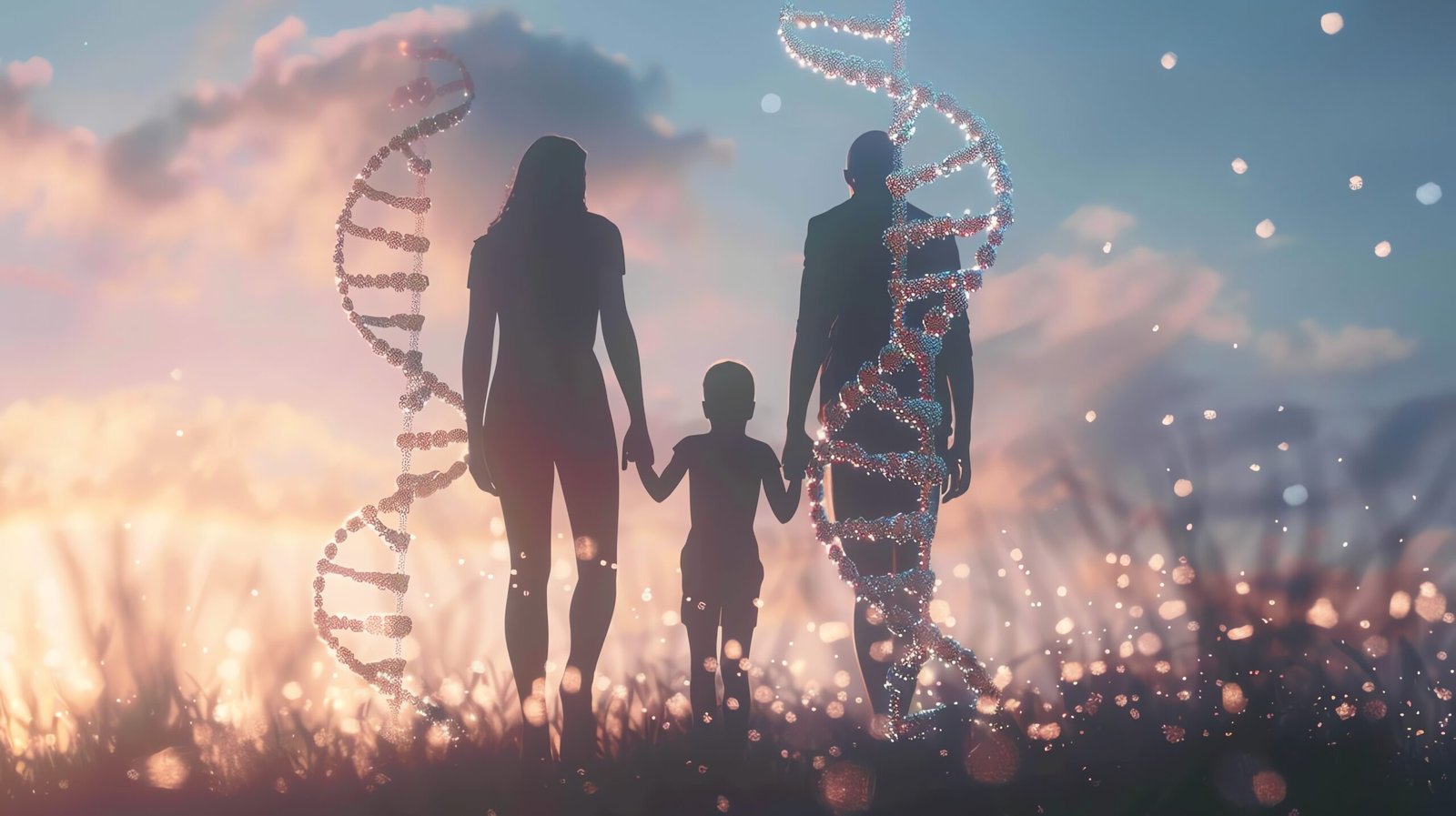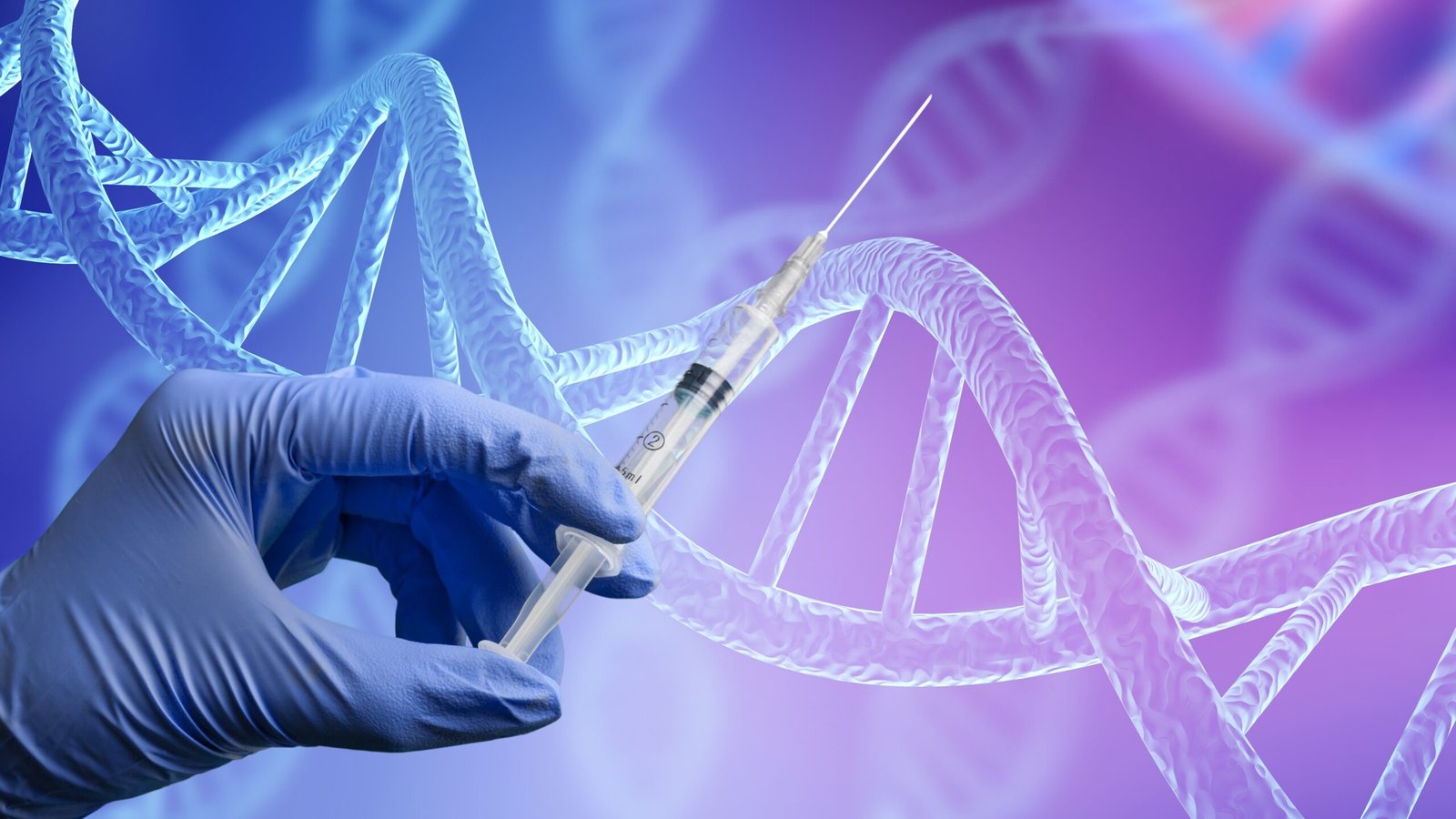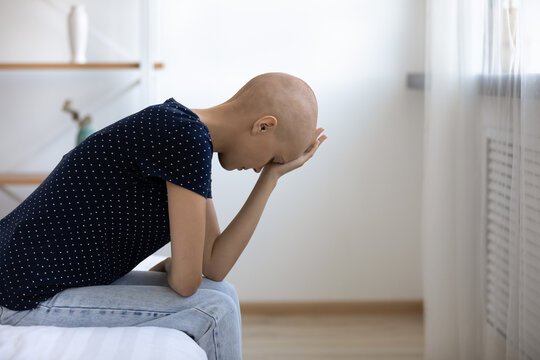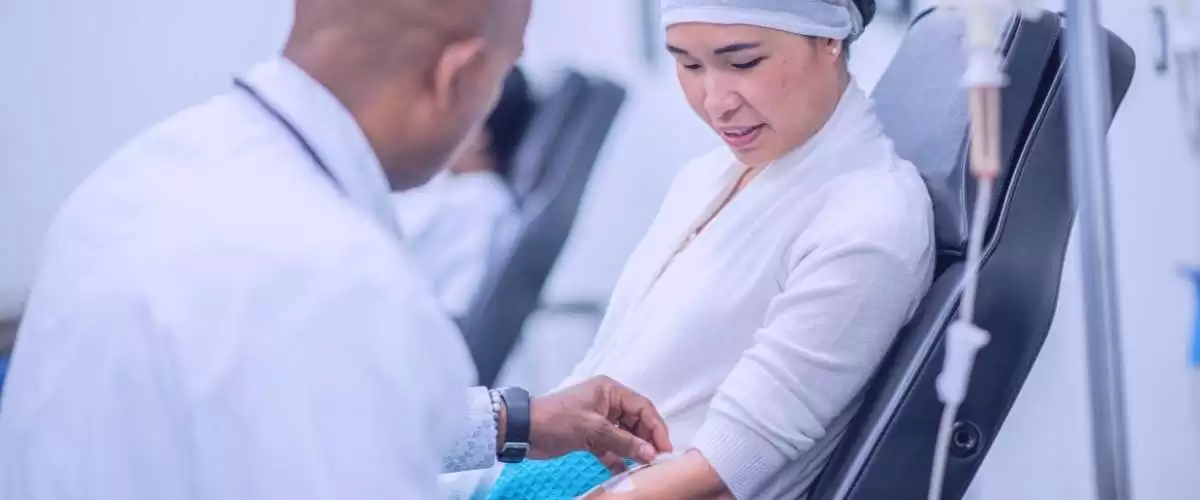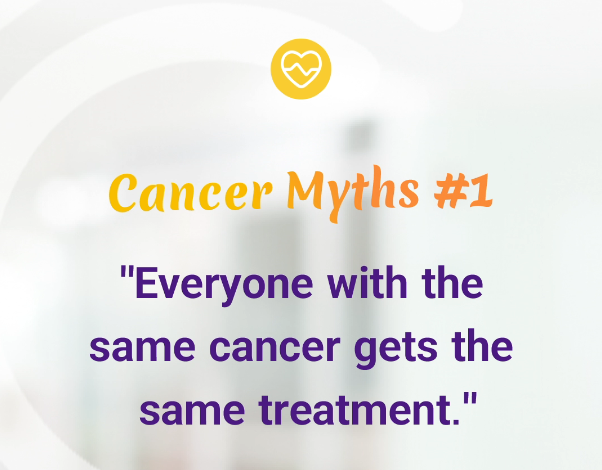What to Expect and Why It Matters
After cancer treatment ends, follow-up care helps monitor your recovery, check for recurrence, and support your overall health and well-being.
Introduction
Finishing treatment is a big milestone, and often a mix of relief, uncertainty, and new questions.
- What happens next?
- How will I know if the cancer comes back?
- What kind of tests or checkups should I expect?
This phase of care, known as follow-up care, is a vital part of your cancer journey. It helps ensure that you’re healing well, monitors for recurrence, and supports your long-term health, both physically and emotionally.
What Is Follow-Up Care?
Follow-up care includes regular medical checkups and support after your active cancer treatment is complete.
It focuses on:
- Monitoring for recurrence or new cancers
- Managing long-term or late side effects of treatment
- Supporting emotional and psychological health
- Guiding healthy lifestyle habits and prevention
Follow-up care plans are personalized, based on the type of cancer, the treatment you received, and your overall health.
What to Expect: Checkups, Scans, and Tests
The structure of follow-up care can vary, but most plans include:
Regular Doctor Visits
- Typically every 3–6 months for the first 2–3 years
- Then every 6–12 months for the next few years
- After 5 years, annual checkups may be enough (if no issues arise)
Blood Tests & Tumor Markers
- May include complete blood counts, liver/kidney function tests, or specific tumor markers
- Used to monitor recovery and detect possible signs of recurrence
Imaging (only if clinically indicated)
- Mammogram, CT scan, MRI, PET scan, or ultrasound, based on cancer type and symptoms
- Not all patients need regular scans, tests are tailored to individual risk and need
- Over-testing is avoided to reduce unnecessary anxiety and exposure
Emotional and Cognitive Health Screening
- Depression, anxiety, and memory concerns are common after treatment
- Your care team may ask about mood, sleep, and concentration, and refer you to a specialist if needed
Managing Late & Long-Term Side Effects
Some effects of cancer treatment appear months or even years later. These are called late effects and are an important part of follow-up care.
Examples include:
- Fatigue or pain that doesn’t go away
- Changes in memory or focus (“chemo brain”)
- Heart or lung problems (depending on treatment type)
- Hormonal or reproductive issues
- Risk of secondary cancers
Your team will monitor for these and help you manage them early.
Coordinating Your Follow-Up Team
Follow-up care often involves multiple healthcare professionals. Your oncologist may transition some care to:
- Primary care doctors
- Specialists (e.g., cardiologists, endocrinologists) for late effects
- Nutritionists, psychologists, or physiotherapists for recovery support
- Survivorship clinics or programs, if available
Everyone on your team should have access to a treatment summary and a survivorship care plan.
What You Can Do as a Patient
Follow-up care works best when it’s a two-way partnership. You can:
- Keep a record of symptoms, questions, or concerns
- Bring someone with you to appointments for support
- Follow your checkup schedule, even when you feel fine
- Tell your team about any new symptoms — no matter how small
- Ask for emotional support if you’re feeling anxious or overwhelmed
The Next Chapter of Your Care
Recovery doesn’t stop when treatment ends, it simply changes shape.
Follow-up care helps:
- Catch problems early
- Support you physically and emotionally
- Guide you toward a healthier future
It’s not about fear. It’s about being informed, prepared, and supported, every step of the way.
